This is a two-part article. Part 1 investigates how QLED and OLEDs compete in front of screen performance and how QLEDs use various techniques to improve viewing angle in 4K and 8K TVs and the trade-offs selected for color rendering, resolution and contrast ratio.

Part 1
In 2019, Samsung and other TV brands will likely sell twice as many QLEDs TVs as all 15 brands selling OLED TVs. So why question the viability of QLEDs in the luxury TV market?
- First, Samsung downgraded the QLED label to apply to any TV of any size (greater than 43” and greater) regardless of the image processing, response time, viewing angle or contrast ratio.
- Second, LG Display sells all of the OLED TV panels it can produce at up to double the price of LCD panels of the same size
- Third, the average price of OLEDs TVs is around 1.5x the price of QLED TVs
- Fourth, QLEDs engineers took the easy way out, technically improving LCDs leaving product differentiation up to marketing, which targeted high share in a low margin segment, while OLEDs started the transformation to a better display
- Finally Samsung Electronics’ Display threw in the towel and announced last week that it is abandoning LCD TV panels and investing $10.9b in OLED TV panel manufacturing that uses quantum dots as color converters.
The high end TV market has become a mecca for technology innovation and marketing deception as the battle for supremacy of the highest profitable segment heats up. Panel sizes continue to grow, and the most popular size continues to increase reaching 65” with 75” and 88” looming in the future. Moreover, the target resolution has moved from 4K to 8K despite incomplete but growing content in 4K and virtually none in 8K. Finally, there is the application of HDR, which puts a premium on APL (average picture level), contrast ratio and luminance. The pressure is on panel makers to improve the display’s viewing angle performance, increase the luminance, grow the color gamut, increase the contrast ratio and maintain or reduce the power consumption. It is a tall order for each technology, and OLEDs, QLEDs (VA) and LED/LCDs (IPS) have different responses to the challenges and different results.
The most challenging change for LCDs, whether it is IPS or VA, is viewing angle.
 Figure 1: Optimal Viewing Distance vs. Size and Resolution – Source:Seeking Alpha The optimal viewing distance shrinks with the increase in panel size (diagonal) and resolution as shown in the figure above. With a 40” FHD TV, the optimal viewing distance is 8’ (2.4m), with a 65” 4K TV, the viewing distance shrinks to 4’ (1.2m) and as the resolution increases to 8K the distance is even less. The lower optimal viewing distance puts a premium on viewing angle, which gets wider as the viewing distance decreases. Studies in several countries have found that 80% of the TV viewers are generally within ±30° of the center of the screen, with most of the remaining 20% within ±45°, and a small number extending all the way out to ±60°. For LCD TVs, picture brightness decreases as the viewing angle increases:
Figure 1: Optimal Viewing Distance vs. Size and Resolution – Source:Seeking Alpha The optimal viewing distance shrinks with the increase in panel size (diagonal) and resolution as shown in the figure above. With a 40” FHD TV, the optimal viewing distance is 8’ (2.4m), with a 65” 4K TV, the viewing distance shrinks to 4’ (1.2m) and as the resolution increases to 8K the distance is even less. The lower optimal viewing distance puts a premium on viewing angle, which gets wider as the viewing distance decreases. Studies in several countries have found that 80% of the TV viewers are generally within ±30° of the center of the screen, with most of the remaining 20% within ±45°, and a small number extending all the way out to ±60°. For LCD TVs, picture brightness decreases as the viewing angle increases:
- Picture contrast can either increase or decrease with viewing angle depending on the TV’s display technology.
- Picture color gamut can either slightly increase or significantly decrease with viewing angle depending on the TV’s display technology.
- Picture color shifts are the most visually noticeable variations and changes with viewing angle, which depend on the particular TV display technology. Both the hue and saturation for each of the millions of colors contained within the entire TV color gamut can shift by differing amounts when the viewing angle changes. We will map them in detail below.
The Market
QLEDs occupy different market and technology segments than OLEDs and it is necessary to drill down into the overall TV panel market. In 2019, display revenues are forecast to be $110 billion, with TFT LCDs occupying the lion’s share at 76% but down from 84% in 2016. TV panels are the largest revenue segment of the display industry with an annual revenue of over $40 billion, so it is not surprising that LCD manufacturers are doing everything possible to maintain their leadership position. But recent events, such as the over 20% annual decrease in average LCD TV panel prices that has resulted the six month delay in Sharp’s opening of its new Gen 10.5 fab in Guangzhou and both fab closures and conversions of LCDs to OLED is putting pressure on LCD engineers to overcome the inherent strengths of OLEDs, including;
- Wide color gamut and accuracy
- High contrast ratio
- Fast response time
- Slim form factor
- Low power consumption
- Rollable architecture
While these improvements serve to reduce the cost difference between high end LCDs and OLEDs and since OLEDs do not compete at the mid to low end, the improvements are only marginally applied in TV panels under 50”. Even with the improvements in LCD panels, OLEDs are still judged by almost all the reviewing agencies as providing the best TV picture.
The areas where OLEDs are challenged include:
- High luminance for HDR
- High cost
- Low lifetime
- Image sticking
QD/LCD panels that use multi-domain designs suffer from color shift depending on the viewing angle. Color coordinates move as the viewing angle changes and 8K panels heighten the distortion because of wide viewing angles. To minimize the viewing angle issue, some manufacturers increased the number of domains from 4 to 8. But at higher resolution, the transmittance decreases to unacceptable levels, as shown below.
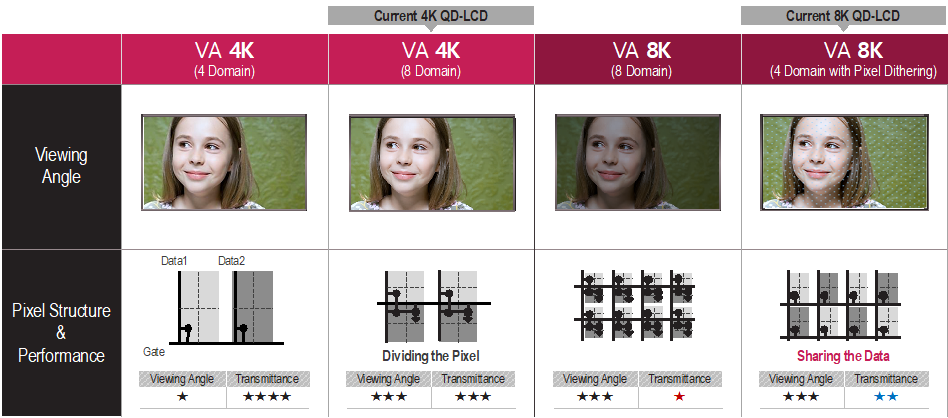 Figure 2: Description of VA Multi-domain Architecture – Source: LG Display
Figure 2: Description of VA Multi-domain Architecture – Source: LG Display
To overcome the limitations created by the multi-domain approach, Samsung has incorporated a dithering approach to approximate a color from a mixture of other colors when the required color is not available. However, the use of dithering has side effects, which in effect reduces the actual resolution and does not fully reproduce the expected viewing angle performance.
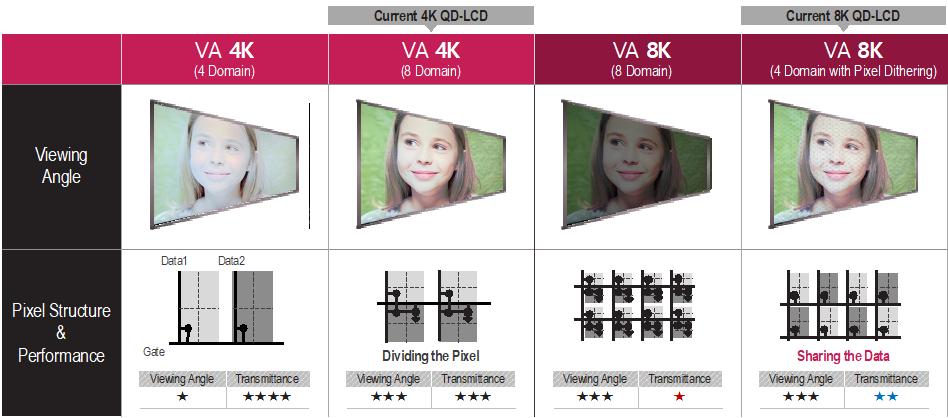 Figure 3: Viewing Angle of VA Multi-domain Implementations – Source: Industry
Figure 3: Viewing Angle of VA Multi-domain Implementations – Source: Industry
In addition to the use of viewing angle compensation film, the placement also affects the image quality. In some 8K panels, the film is used to diffuse the light from the backlight , which causes serious distortions in resolution.
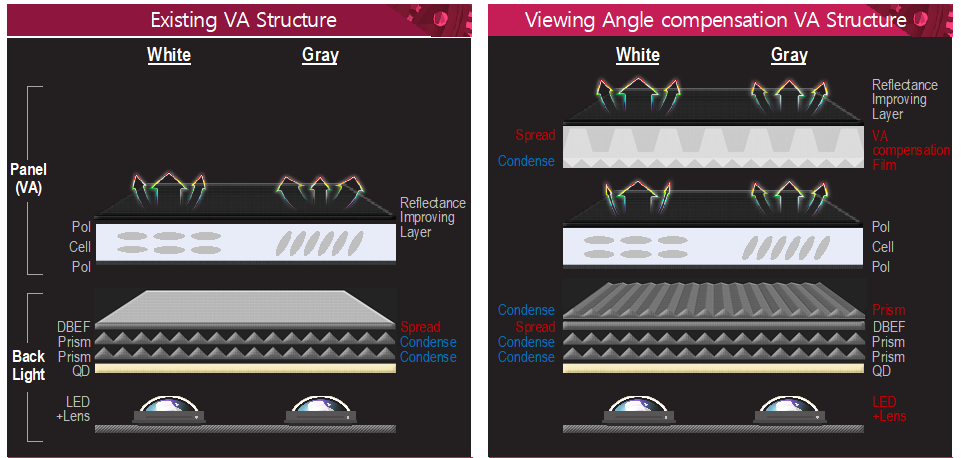 Figure 4: VA Architecture Modified for Viewing Angle Compensation – Source: LG Display
Figure 4: VA Architecture Modified for Viewing Angle Compensation – Source: LG Display
Recently, Rasmus Larsen reported the use of these techniques from the viewers perspective. Since Samsung introduced its “AI” processor in its 8K TVs – a processor that has trickled down to 4K TVs – its TVs have used sub-pixel rendering to improve viewing angles by taking advantage of sub-domains. This sub-pixel rendering works in all directions. As shown below, the panel operates its sub-pixels in clusters of four.
 Figure 5: Green Image w/VA Domains – Source: LG Display
Figure 5: Green Image w/VA Domains – Source: LG Display
The Samsung 8K QLED TVs using VA panels sacrifice effective resolution to improve viewing angles. Unfortunately, once seen, it is very hard to unsee.
 Figure 6: Green Image w/VA Domains – Source: Rasmus Larsen
Figure 6: Green Image w/VA Domains – Source: Rasmus Larsen
The upper left is fully lit (G 255), the lower right (G96) is dimmed, and the upper right and lower left are turned off. Together, these combine to create the intended shade of green (G 96) – and improves viewing angles. In other type of panels, each sub-pixel would represent its own gradation so all would display the same G 96 shade for higher resolution. The example uses green to illustrate the effect but with actual video content, ‘quad rendering’ gets applied dynamically, depending on the picture composition. In some scenes, there is nothing to see, but in most scenes, it is easy to point out. Notice the darker areas above the eyes or the darker areas close near the hairline, also notice lines and pixel patterns. This is an 8K TV distortion that shouldn’t be seen.
In 8K TVs, it appears that Samsung is using an eight domain approach, which results in a measurably lower coverage of DCI-P3 color gamut, while the dynamic pixel rendering mechanism distresses color reproduction because the panel dims colors/luminance in some sub-pixels, depending on the content. Some scenes have a green tint, mostly visible on grey tones. Even in the Game mode of 8K TVs, pixel rendering is still applied and therefore the sets do not support full 8K.
 Figure 7: Image Distortion w/Quad Rendering – Source: Rasmus Larsen
Figure 7: Image Distortion w/Quad Rendering – Source: Rasmus Larsen
The next figure shows the results of a system designed to detect test patterns such as 1:1 checkerboard used for benchmarking. It then deactivates dynamic pixel rendering, which could be viewed as similar to what Volkswagen did when their diesel engines were tested. It’s a significant limitation drowned out in all of the ‘noise’ surrounding 8K TVs. The company’s motivation has a lot to do with HDR and its eagerness to position its QD/LCD TVs as the brightest HDR TVs on the market.
Poor viewing angles kill HDR for everyone sitting outside the sweet spot. The sub-pixel pitches at 8K (26µm-36 µm) are getting so small that some designs are introducing distortion. The next figure shows the white-black pattern used for the resolution specification. The top one is from last year’s QD/LCD. And, the bottom one is from this year’s QD/LCD with compensation film used to improve the viewing angle. The patterns for the 2018 TVs for both 4K and 8K now show blurring caused by the use of compensation film that didn’t appear in the 2018 versions, without the film.
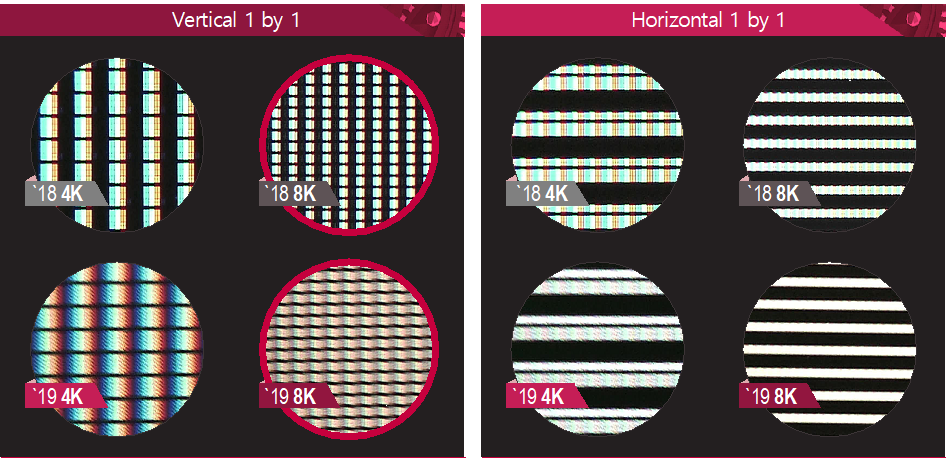 Figure 8: QD/LCD Panel 2018 vs. 2019 – Source: LG Display
Figure 8: QD/LCD Panel 2018 vs. 2019 – Source: LG Display
A standard to precisely define resolution has been established by the ISO, International Organization for Standardization and ICDM, International Committee for Display Metrology. The key element in the standard is that the division between the white line and the black line has to be greater than 50% (for text – 25% for graphics- Editor). As a result, some 8K panels that use compensation film do not meet the standard.
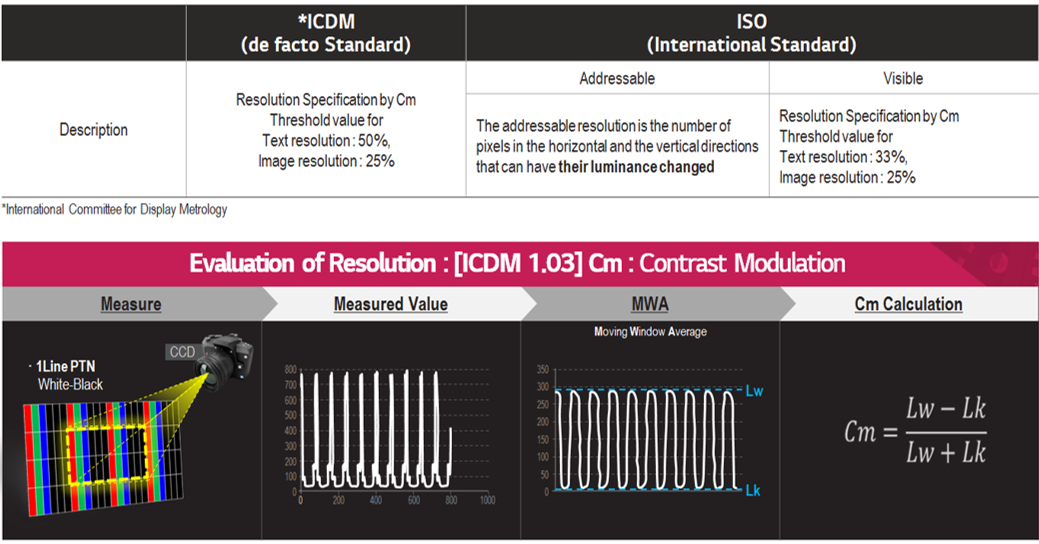 Figure 9: Contrast Modulation – Source ICDM – click for higher resolution
Figure 9: Contrast Modulation – Source ICDM – click for higher resolution
The CTA recently announced that to meet its 8K TV requirements, an 8K TV “shall meet a minimum of 50% contrast modulation using a 1×1 grill pattern from 2020”. The following report, compares the several panels against the standard, which requires contrast modulation of at least 50%. When the viewing angle compensation film was used, some of the new models either barely met or failed the failed the standard. This was reported by Intertek and VDE.
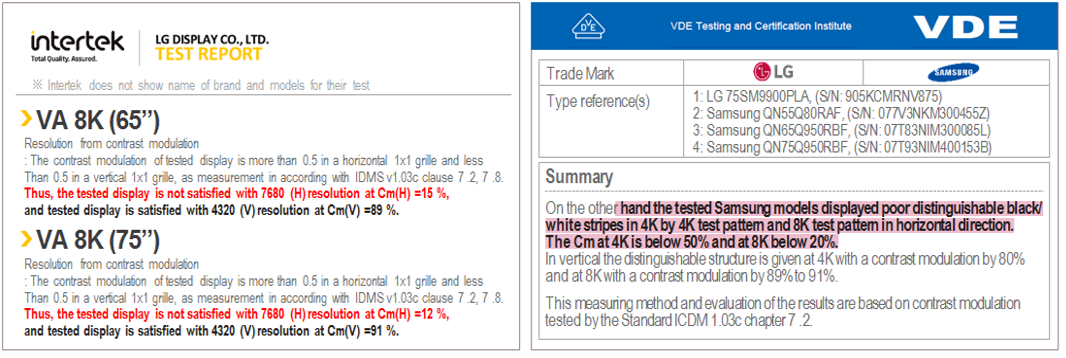 Figure 10: Measures of Contrast Modulation on Selected TV Panels – Source Intertek & VDE – Click for higher resolution
Figure 10: Measures of Contrast Modulation on Selected TV Panels – Source Intertek & VDE – Click for higher resolution
The reports conclude that some of this year’s 8K QLED TVs do not qualify 8K resolution based on ISO Standard. Also, 3rd party testing services have demonstrated that the 8K QLED TVs do not meet 8K resolution. (BY)
Barry Young is the Chairman and CEO of the OLED Association
Analyst Comment
Much of this article repeats material that we have previously covered in Display Daily, but the topic is interesting and Barry is a very credible analyst. Much of the content he shows comes from LG Display (LGD), which needs to drive the demand for OLED TVs as it ramps up its new fab in China and is the only current supplier of OLEDs for TVs. Previously, LGD has not been keen about releasing some of this material. It has been briefing on this kind of topic for some months. (BR)

